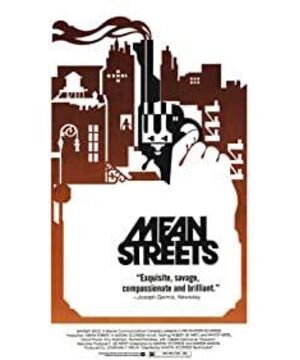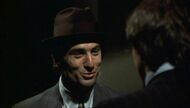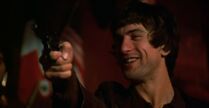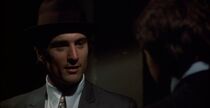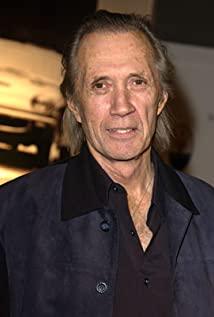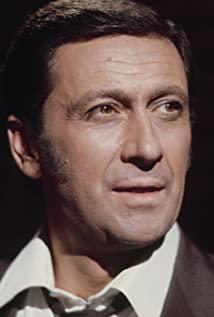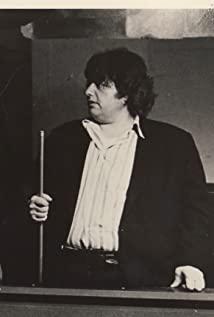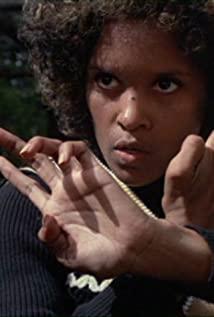You haven’t read a book about American society and culture systematically, so go and watch Scorsese’s movies. At least you can feel the atmosphere immersively, even the remoteness of gang life. It seems very familiar.
Scorsese rarely shoots legends. In my opinion, his films are life-like, and impatient audiences will feel very bored, but he will always play tricks to shock your spirit. The most common thing is that the owner in the foreground is just talking in the camera, and a group of people in the depth of field start to fight. Or just come to a passionate rock music, the kind of moving that accompanied the sudden arrival of the camera reminds you of Jia Zhangke's soundtrack.
Scorsese rarely photographs the "hero" in that concept, even "The Last Temptation of Christ" is no exception. Christ is also an ordinary person struggling in real life, from "Taxi Driver" to "Angry "Bull" is not the case. To understand Scorsese and to read his films, it is necessary to understand the cultural context in which he lives. But for people who don't understand Western history and culture, it doesn't matter at all. Just watching his story is equally exciting. Looking at the interview with Scorsese, I realized that the 1960s was an age of brewing transition, a watershed between classical and modern films, and the film concept of young European directors became clear in the 1960s.
Watching "Poor Streets and Back Alleys", I not only smiled when I saw Scorsese's jerky, the photography was good, the recording effect was too poor, and the structure was too random. But from the last set of shots of the film, we can already see the young director's genius potential for creating scenes and emotional orgasms.
View more about Mean Streets reviews


